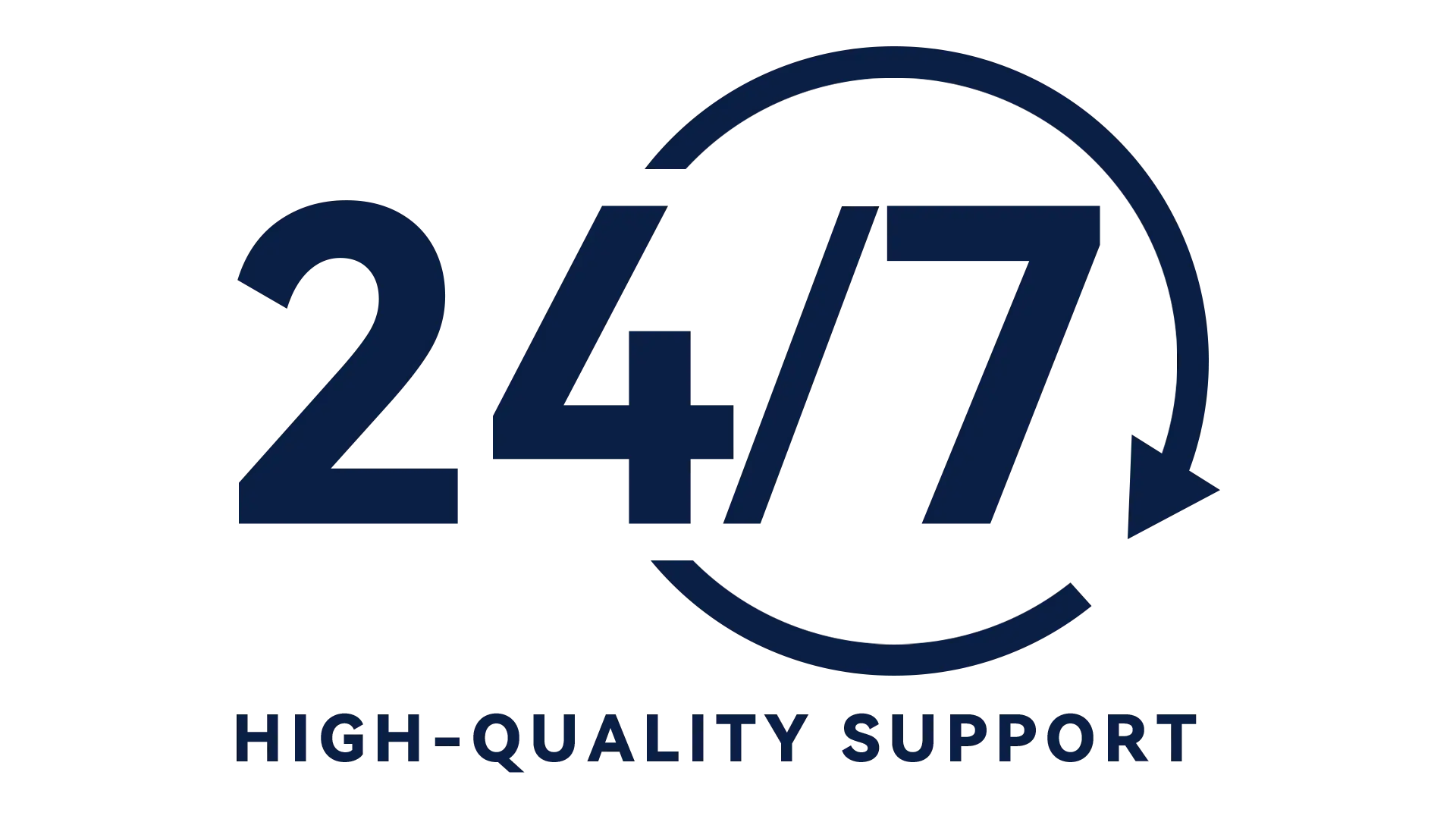Before industrial systems are commissioned, proper purging of pressure pipelines is essential to ensure safe operation and equipment stability. Among the various purging techniques, air purging and blasting purge are two commonly used methods, each suited for specific scenarios with unique technical considerations.
1. Air Purging: A Conventional and Efficient Cleaning Method
Air purging involves compressing air to 0.6–0.8 MPa and using it to remove residual contaminants inside the pipeline, such as welding slag, rust, and dust. To be effective, the purging air velocity must exceed the normal operating flow rate—typically no less than 20 m/s—to generate sufficient momentum to dislodge and remove debris.
Given the high air consumption, air purging usually takes time. When the air supply is limited, segmental purging can be adopted—dividing the system into sections and purging each one separately, then isolating it to avoid cross-contamination.
For oil-sensitive pipelines (e.g., instrument air lines or oil-free systems), only oil-free clean air should be used.
2. Blasting Purge: A Powerful Solution for Large-Diameter Pipelines
For pipelines larger than 4 inches or those heavily contaminated and difficult to purge, blasting purge is recommended. This method also uses compressed air to pressurize a sealed system. When the pressure reaches a preset level (usually 0.6–0.8 MPa), a rupture disk bursts open, rapidly releasing high-velocity air that clears debris from the pipeline.
To ensure effectiveness, the air velocity must be at least 20 m/s, and the system must be charged with sufficient compressed air. Rupture disks must be standardized, managed by designated personnel, and selected according to pipeline pressure levels (e.g., 0.15–0.20 MPa for low or vacuum-pressure systems), without exceeding the operational pressure.
Blasting purge requires strict safety control: designated supervisors must confirm correct rupture disk installation, secure flange bolts, and ensure no personnel are present at the exhaust end.
Like air purging, blasting purge can also be done in segments when air supply is limited, ensuring effective results and safety.
3. Supplement on Nitrogen Usage
Due to supply limitations and cost, nitrogen is not typically used for general purging. However, it plays a vital role in post-purging operations, including system drying, inert replacement, and nitrogen sealing after air or steam purging is complete.
Conclusion
Choosing the right purging method—air or blasting—not only enhances pipeline cleanliness but also ensures the success of commissioning and long-term safe operation. Every engineering technician should be well-versed in these procedures to uphold industrial reliability and safety.


